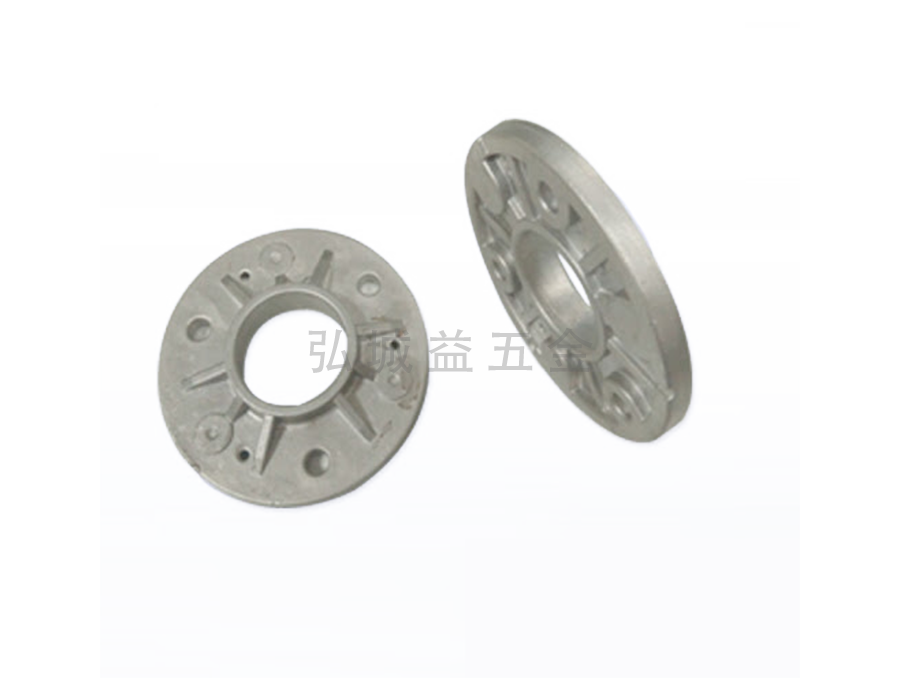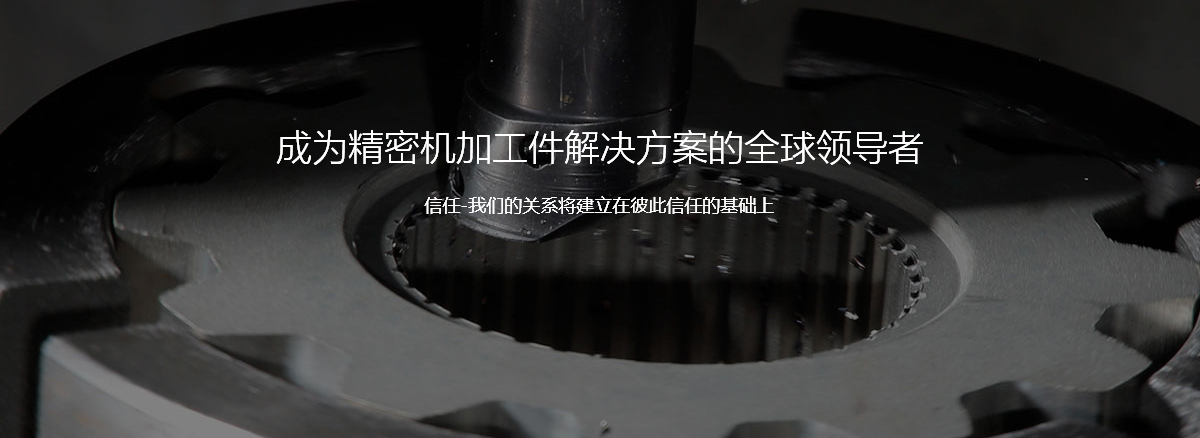Hard particles wear is due to the abrasive particles dropped by the parts or the hard particles that enter the machine tool by the outside world. They are mixed with the processing area and are damaged by mechanical cutting or grinding, which causes the impact on the quality of the processing.
The fatigue and wear of the processing surface of precision parts in Guangzhou is a tiny crack or a line -like concave pit under the action of mechanical transition load, causing damage to parts. This type of wear is usually closely related to factors such as pressure, load characteristics, parts materials, and size.

Thermal wear is the heat of the parts during friction on the parts, so that the parts can be softened and softened, burning and wrinkles. This type of wear usually occurs in high -speed and high -pressure sliding frictions. The destructiveness is relatively large and accompanied by accident wear.
Corrosion wear is a chemical effect, that is, chemical corrosion causes wear. When the surface of the parts contacts the acid, alkali, salt liquid or harmful gases, it will be eroded by chemical erosion, or the surface of the parts and oxygen is combined to generate hard and crispy metal oxides that are easy to fall off and wear the parts to wear.
Performance wear is that parts work at high temperature for a long time. The metal tissue of the parts surface of the parts is hot and large, and the crystal world is oxidized, which produces a small gap, which reduces the fragility and abrasion resistance of the parts, which causes parts to wear.


